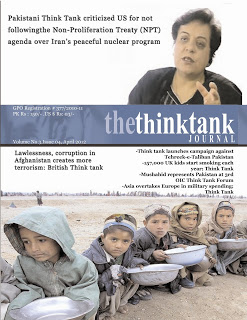Efforts to safeguard Pakistan’s vital Indus Basin are gaining momentum through the Government’s Living Indus initiative, recognized as one of seven UN World Restoration Flagships. Amidst mounting environmental challenges, this initiative underscores the significance of community-driven solutions in combating degradation and bolstering resilience.
Boosting Biodiversity and Climate Resilience:
The Living Indus initiative, hailed as a beacon of hope amidst climate-induced disasters, prioritizes biodiversity conservation, climate mitigation, and community resilience. With its inclusion as a World Restoration Flagship, it signifies a pivotal step towards restoring the fragile ecosystems of the Indus Basin.
Government Commitment to Sustainability:
Ahmad Irfan Aslam, Pakistan’s Minister for Climate Change and Environmental Coordination, emphasizes the holistic approach of the Living Indus initiative. This comprehensive strategy aligns with global efforts to restore ecosystems and mitigate climate change impacts, ensuring a sustainable future for Pakistan.
Challenges and Opportunities:
Facing catastrophic floods, heat waves, and escalating pollution levels, Pakistan confronts urgent environmental crises exacerbated by climate change. Recognizing the imperative for action, Inger Andersen, Executive Director of UNEP, underscores the importance of supporting initiatives like Living Indus to foster hope and resilience.
Restoring the Indus Basin:
The Living Indus initiative aims to restore 25 million hectares of the river basin by 2030, representing over 30% of Pakistan’s area. With 1,350,000 hectares already restored, this basin-wide endeavor demonstrates the transformative potential of collaborative restoration efforts.
A Collaborative Approach:
Julien Harneis, former UN Resident Coordinator in Pakistan, highlights the vital role of partnerships in protecting the Indus Basin’s future. By uniting government, civil society, and international support, the Living Indus Initiative exemplifies a collective commitment to sustainable ecosystem management.
Recognition as a World Restoration Flagship:
Designated as a World Restoration Flagship, the Living Indus Initiative embodies the principles of the UN Decade on Ecosystem Restoration. This accolade acknowledges its exemplary contributions to large-scale ecosystem restoration and its alignment with global restoration objectives.
Conclusion:
As the world grapples with environmental crises, initiatives like Living Indus offer a ray of hope. With UN recognition and continued support, Pakistan’s efforts to restore the Indus Basin serve as a testament to the transformative power of collaborative restoration efforts in safeguarding our planet’s ecosystems.




